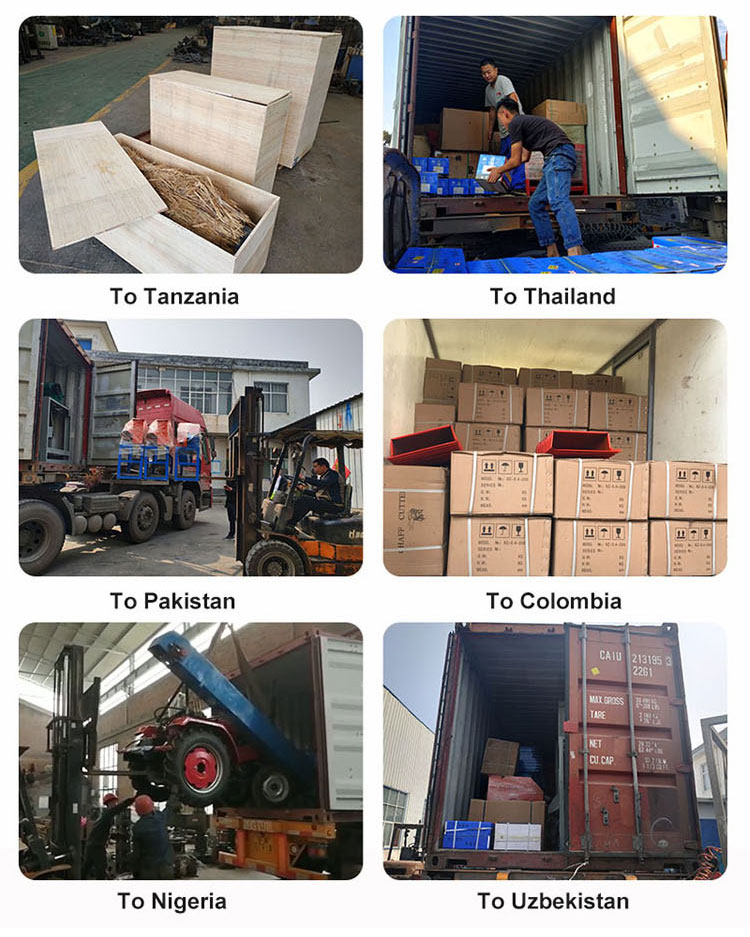Feed Pelleting Equipment for Efficient Livestock and Aquaculture Nutrition
Nov . 19, 2024 12:39 Back to list
Feed Pelleting Equipment for Efficient Livestock and Aquaculture Nutrition
The Importance of Feed Pellet Machines in Modern Agriculture
In recent years, the demand for high-quality animal feed has soared due to the growth of the livestock industry. This surge has paved the way for innovative solutions that enhance feed production processes. One such innovation is the feed pellet machine, a vital piece of equipment in both commercial and small-scale animal farming. These machines efficiently convert raw feed ingredients into pellets, which are easier to store, transport, and feed to livestock.
How Feed Pellet Machines Work
Feed pellet machines operate on a fundamental principle compressing powdered feed materials through a die to produce uniform pellets. The process begins with grinding the raw ingredients, typically grains, legumes, and other nutritional components. Once these ingredients are finely ground, they are mixed with fats, vitamins, and minerals to create a balanced feed mixture.
The mixture is then fed into the pellet mill, where it is subjected to high pressure and temperature. This heat causes the starches in the feed to gelatinize, binding the ingredients together into a solid pellet. The size of the pellets can be adjusted by changing the die plate, allowing farmers to produce pellets that are suitable for different types of livestock, from poultry to large cattle.
Benefits of Using Feed Pellet Machines
1. Nutritional Efficiency Pelleted feed improves the digestibility of nutrients for animals. As pellets are easier for livestock to consume, they lead to better feed conversion rates, which means animals gain weight more efficiently.
2. Reduced Feed Waste Pellets reduce the chances of feed spoilage and waste. Whole ingredients can often lead to selective eating, where animals pick and choose. Pelleted feed encourages a more balanced intake.
feed pellet machine

3. Enhanced Transport and Storage Feed pellets are compact and easier to handle than bulk grain. They take up less space and are less prone to spoilage, making them perfect for transportation over long distances.
4. Improved Health Consistent pelleted feed can contribute to better livestock health, as it minimizes the risk of diseases associated with the consumption of moldy or stale feed. Moreover, the uniformity of pellets ensures that each animal receives the same nutritional profile.
5. Cost Efficiency Though the initial investment in a feed pellet machine may seem high, the long-term benefits outweigh the costs. Reduced waste, lower transport costs, and improved animal productivity can lead to significant economic gains for farmers.
Choosing the Right Feed Pellet Machine
Selecting the appropriate feed pellet machine is crucial for achieving the best results. Factors to consider include the capacity of production, the types of feed to be processed, energy efficiency, and ease of maintenance. Various sizes and models are available, from small-scale options suitable for backyard farming to large industrial machines that can produce tons of feed daily.
Conclusion
The feed pellet machine has revolutionized the livestock industry by addressing common challenges associated with traditional feeding methods. By converting raw feed ingredients into convenient, nutritionally balanced pellets, these machines promote animal health and productivity while maximizing efficiency in feed production. As the demand for high-quality animal products continues to grow, investing in a feed pellet machine is not just an option but a necessity for modern agricultural success.
-
Hot Sale 24 & 18 Door Rabbit Cages - Premium Breeding Solutions
NewsJul.25,2025
-
Automatic Feeding Line System Pan Feeder Nipple Drinker - Anping County Yize Metal Products Co., Ltd.
NewsJul.21,2025
-
Automatic Feeding Line System Pan Feeder Nipple Drinker - Anping County Yize Metal Products Co., Ltd.
NewsJul.21,2025
-
Automatic Feeding Line System - Anping Yize | Precision & Nipple
NewsJul.21,2025
-
Automatic Feeding Line System - Anping Yize | Precision & Nipple
NewsJul.21,2025
-
Automatic Feeding Line System-Anping County Yize Metal Products Co., Ltd.|Efficient Feed Distribution&Customized Animal Farming Solutions
NewsJul.21,2025






